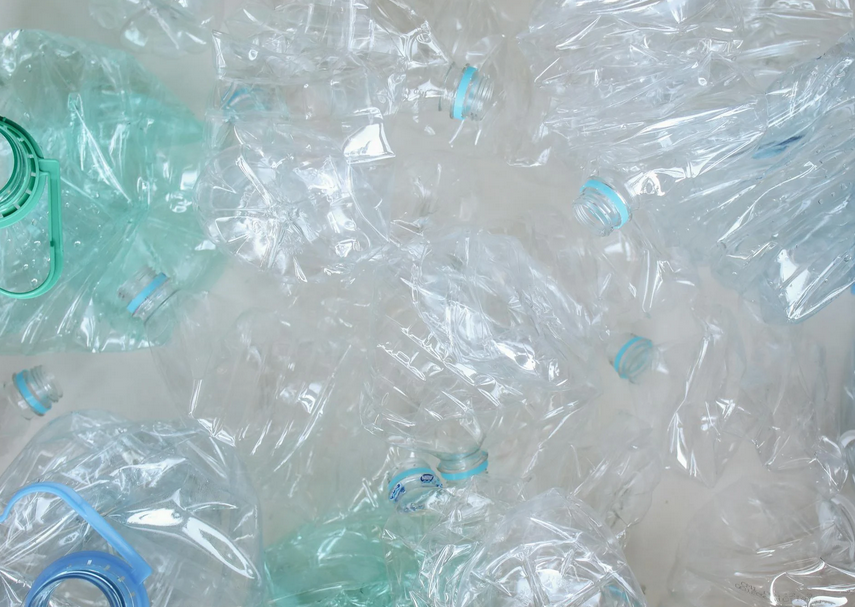Scientists Know Our Bodies Are Full of Microplastics. What Are They Doing to Us?
In recent years, a growing body of research has revealed a shocking fact: our bodies are full of microplastics. These tiny plastic particles, which measure less than 5 millimeters in diameter, are ubiquitous in the modern world, found in everything from food and water to the air we breathe. But as we discover how deeply these pollutants have infiltrated our daily lives, one pressing question remains: what are they doing to our bodies?
What Are Microplastics?
Microplastics are small fragments or fibers of plastic that originate from a variety of sources. They can break off from larger plastic products, such as bottles, packaging, or clothing, and enter the environment in both urban and rural areas. Other microplastics are deliberately created for use in products like cosmetics, cleaning agents, or synthetic textiles. Over time, these particles find their way into oceans, rivers, and even the air, ultimately entering the human body through consumption, inhalation, and dermal absorption.
How Do Microplastics Get into Our Bodies?
Humans are exposed to microplastics in a variety of ways. Ingesting plastic particles is the most common route. Research has shown that microplastics are present in a wide array of food products, including seafood, bottled water, honey, and even salt. As plastics degrade in the environment, they can enter the food chain, with marine life consuming plastic debris, which is then passed on to humans.
Microplastics are also found in the air. A study published in Science Advances revealed that airborne microplastics are present in significant concentrations in both indoor and outdoor environments. As we breathe, we unknowingly inhale these particles, which can end up deep in the lungs. Additionally, microplastics have been detected in human feces, urine, and blood, indicating they enter our bodies through various pathways.
What Do We Know About the Impact of Microplastics on Health?
Although research on the health effects of microplastics is still in its early stages, scientists are increasingly concerned about their potential to cause harm. Here are some areas where microplastics might be affecting our health:
1. Inflammation and Immune Response
Early studies suggest that when microplastics are inhaled or ingested, they can trigger inflammation. The body’s immune system may recognize these foreign particles as threats, leading to an inflammatory response. This could exacerbate existing conditions such as asthma, bronchitis, and other respiratory disorders. Chronic inflammation is also a known precursor to many serious diseases, including heart disease and cancer.
2. Endocrine Disruption
Microplastics often contain chemicals, such as phthalates and bisphenol A (BPA), which are known endocrine disruptors. These chemicals can interfere with the body’s hormone systems, potentially leading to reproductive issues, developmental problems in children, and an increased risk of certain cancers. For example, BPA has been linked to altered brain development and behavioral changes in infants and children.
3. Toxicity and Bioaccumulation
Microplastics can also absorb harmful chemicals from their environment. These chemicals can be carried on the surface of the plastic particles, and when ingested, they may enter the human body. Some of these substances are highly toxic, and their cumulative effect on human health remains an area of concern. There is also the potential for bioaccumulation, meaning that these harmful chemicals can build up in the body over time, leading to greater exposure and risk.
4. Damage to the Digestive System
Research on animals has shown that when microplastics are ingested, they can cause physical damage to the digestive tract. Ingested particles can create mechanical stress on tissues, potentially leading to gut inflammation, permeability, or changes to the microbiome. The long-term impact on human digestion is still being studied, but the potential for disruption is alarming, especially given that the gut is a key player in overall health.
5. Reproductive and Developmental Effects
Studies in animals have suggested that microplastics can interfere with reproduction and development. Chemicals found in plastic particles have been linked to reduced fertility, developmental delays, and birth defects. While this research is still in its infancy, there is concern that similar effects could occur in humans, especially as microplastic exposure increases.
What Are Scientists Doing to Understand the Impact of Microplastics?
Despite the growing evidence that microplastics are present in every corner of the globe, much remains unknown about their long-term health effects. Scientists are actively researching how microplastics interact with the human body and what they might be doing to our health. Here are some of the key areas of focus:
1. Tracking Microplastics in the Body
Researchers are developing advanced techniques to trace and measure the presence of microplastics in human tissues. By using mass spectrometry and other analytical tools, scientists can detect and identify the tiny particles in blood, urine, and even organs. This research is essential for understanding how plastics accumulate in the body and what potential health risks they pose.
2. Studying Long-Term Effects
Scientists are conducting long-term studies on the effects of microplastics exposure. This includes both epidemiological studies, which track health outcomes in populations with varying levels of exposure, and laboratory research on animals to observe the potential impacts of microplastic ingestion and inhalation. These studies aim to determine whether the presence of microplastics increases the risk of chronic diseases or other health problems.
3. Understanding How Microplastics Behave in the Body
Researchers are also studying how microplastics move through the body. They are exploring whether these particles are absorbed by cells, where they end up in organs, and how they interact with tissues. This knowledge will help scientists understand whether microplastics are causing cellular damage or disrupting normal bodily functions.
4. Examining Solutions to Reduce Exposure
In addition to studying the health risks, researchers are exploring ways to reduce human exposure to microplastics. This includes investigating alternative materials that do not break down into small plastic particles and designing filtration systems to capture microplastics in drinking water and air. Some scientists are also focused on educating the public about reducing plastic use, which could help decrease the overall burden of microplastics in the environment.
What Can We Do to Protect Ourselves?
While scientists work to understand the full scope of the risks posed by microplastics, there are steps individuals can take to reduce exposure. These include:
- Minimizing plastic use: Choosing alternatives to single-use plastics, such as reusable bags, glass containers, and metal straws, can reduce the amount of plastic waste that contributes to microplastic pollution.
- Eating less processed food: Many processed foods, especially seafood and packaged items, contain higher levels of microplastics. Opting for fresh, locally sourced foods may help limit exposure.
- Using air purifiers: Investing in air filtration systems may reduce the number of airborne microplastics in indoor environments.
- Reducing synthetic clothing: Washing synthetic fabrics like polyester and nylon can release microplastics into wastewater. Reducing the use of synthetic materials can help minimize this source of pollution.
Conclusion
Microplastics have become a pervasive part of our environment, and their presence in the human body is undeniable. While we are still learning about the full extent of their impact on our health, the early findings are concerning. Scientists are working diligently to uncover the risks associated with microplastic exposure, and their research will be essential in shaping future policies and public health strategies. As individuals, being aware of our plastic use and taking steps to reduce exposure can help mitigate some of the risks posed by this modern-day pollutant.

